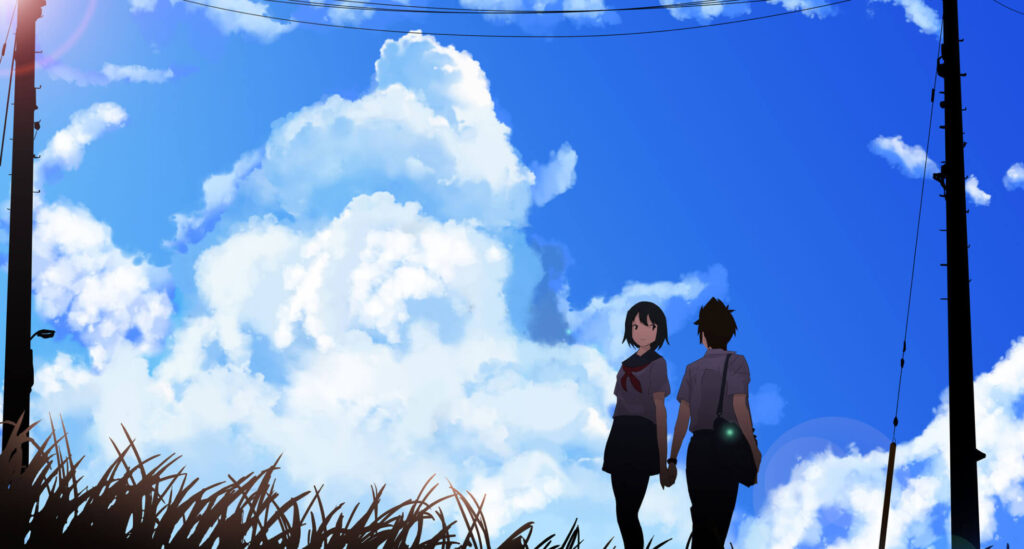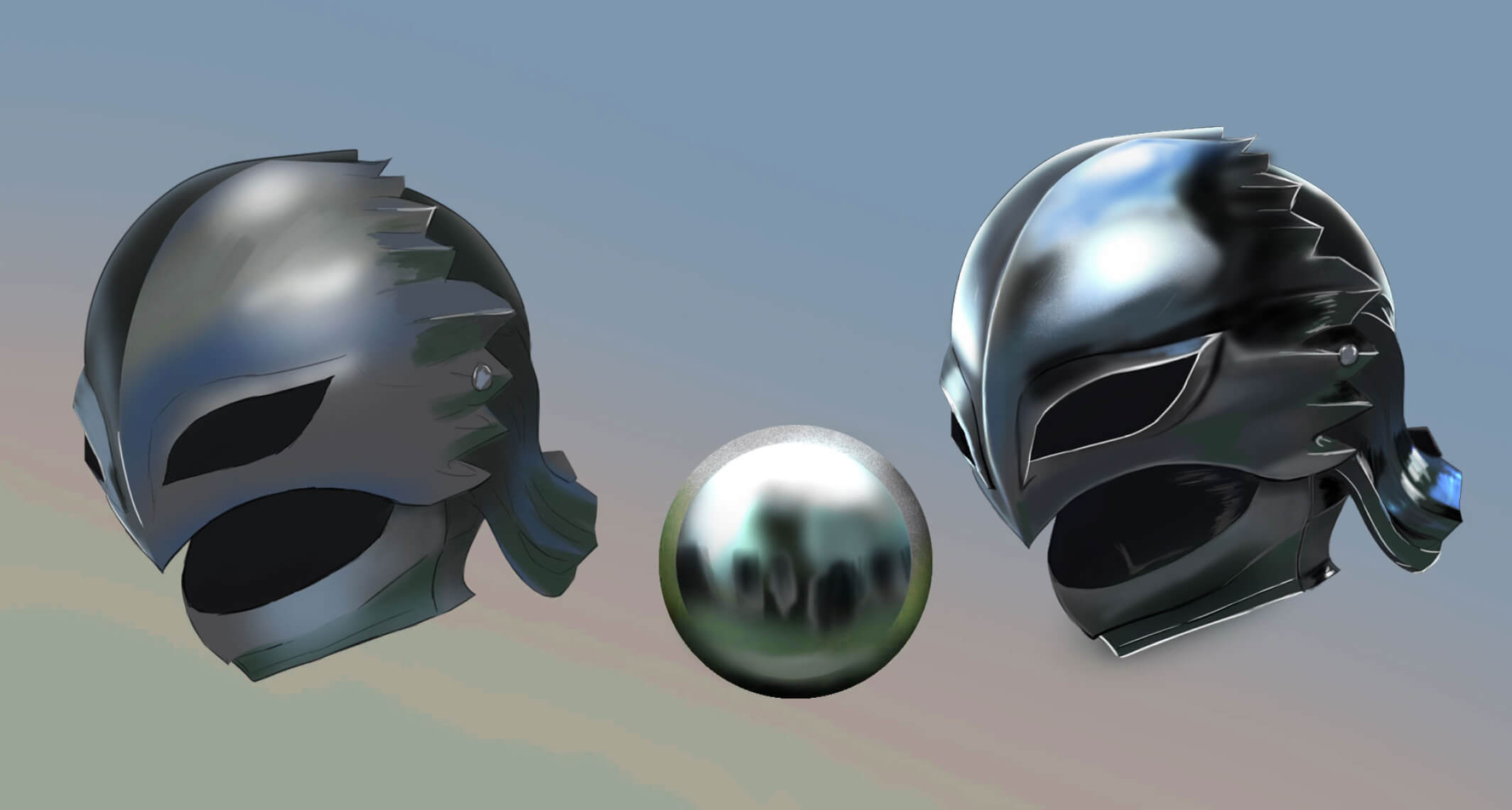You sit down to draw—pencils ready, tablet charged—and nothing comes out. Just a blank page and a brain that’s suddenly gone quiet.
I’ve been there more times than I’d like to admit. Even with ten years of sketching, illustrating, and painting behind me, it’s still a struggle to stay motivated to draw—especially when that blank-page freeze hits. Some days, I could crank out a full Illustration piece without blinking. Other days? I’d stall before the first line.
But over time, I stopped relying on “motivation” and started building habits that made drawing feel easier to start—and easier to stick with. Not hype, not hacks. Just small shifts in how I approached practice, projects, and pressure.
This guide breaks down what actually works: how your brain’s reward system shapes creative momentum, how to turn studies into something you want to do, and why two minutes of drawing might matter more than a full art course.
Let’s get into it—and get you drawing again.
Why You Lose Creative Drive—and How to Stay Motivated
If you’ve ever sat down with good intentions—sketchbook open, coffee in hand—only to feel that creative energy vanish, you’re not alone. Motivation drops for a few predictable reasons. Once you can spot them, it gets a lot easier to push through.
1. When Drawing Feels Like a Chore
I once took on a freelance commission that drained the life out of me. I’d open the file and immediately feel stuck. Meanwhile, I was sketching Berserk fan art just for fun—and those lines practically flew out of my hand.
Same day, same tools, totally different vibe.
What changed for me was shifting my language. I stopped saying, “I have to draw this,” and started saying, “I’m choosing to draw this because it builds my skills.” For that painful commission, I told myself, “This is sharpening my anatomy so I can raise my rates next time.” That tiny change helped me get back into it with less resistance.
Try this: Before your next session, say out loud, “I’m choosing to draw because…” and finish the sentence. Sounds simple, but your brain responds better when it sees the value you chose—not something being forced on you.
2. When Practice Feels Pointless
I used to hate doing anatomy drills. It felt like grinding for no reason—just boxes, limbs, and no real payoff. I knew they’d help “someday,” but I couldn’t see the connection to what I actually wanted to draw.
Things shifted when I started linking those studies to bigger goals. Perspective cubes? Now they were buildings for a ruined city scene. Gesture drawings? The bones of my next character sheet.
When the work became part of something I cared about, I stopped dreading it—and I showed up more consistently.
Try this: Next time you’re avoiding a study, ask: What could this be part of? Attach it to a specific character, environment, or scene. Your brain needs context—and once it has it, the motivation kicks back in.
3. When the Skill Gap Feels Too Wide
There’s nothing like pulling up a reference pose and thinking, “I’ll never be able to draw like that.” I’ve felt that sting more times than I can count—especially with hands and complex foreshortening.
But here’s what helped: I stopped chasing perfect results and started tracking effort. Every drawing, even the bad ones, made me slightly better. Over time, those tiny improvements added up—just like reps at the gym.
Try this: Choose one hard thing—like hands or heads—and draw it once a day. Don’t worry about polish. Just show up, mark it done, and move on. You’ll be surprised what stacks up in a few weeks.
How to Work With Your Brain (Not Against It)
Staying motivated isn’t just about mindset—it’s about chemistry. Specifically, dopamine.
Dopamine is the brain’s way of saying “good job, do that again.” The trick is learning how to trigger that feeling more often, especially when the work is hard. Here are a few ways I’ve made that happen in my art practice.
1. Break It Down Until It’s Easy to Start
Big goals—like finishing a comic page or painting a full scene—can feel paralyzing. I used to stare at a piece for hours because I didn’t know where to begin.
Now, I break things into the smallest possible steps: sketch the layout, block in shapes, refine one face. That first step creates just enough momentum to keep going.
When I was drawing Miyamoto Musashi from Vagabond, I started with just the silhouette—no detail. Once that was down, I wanted to keep building. That’s how you trick your brain into sticking with it.
Try this: Pick one tiny part of your next drawing—pose, hands, shading, whatever—and do just that. It’s easier to start when the task doesn’t feel heavy.
2. Track Progress Where You Can See It
Progress is slow, so your brain forgets it’s happening. That’s where tracking comes in.
I mark a simple check on my calendar every day I draw. Sometimes it’s two hours, sometimes two minutes. Doesn’t matter. That mark is proof I showed up.
Every few weeks, I’ll flip back to an older sketch—and that’s when it hits. Cleaner line work. More confident poses. Subtle stuff, but it’s there.
Try this: Use a calendar, habit app, or just a sticky note. Mark every drawing session. Bonus: choose one skill (like shading or line control) and give yourself a progress bar. Watching it fill in? Weirdly satisfying.
3. Reward Yourself After the Hard Stuff
Back when I was grinding perspective drills, I started bribing myself: finish the study, earn a coffee. It sounds silly, but it worked. My brain started linking that effort to something positive.
Now, if I finish something tough—like redrawing the same pose five times—I’ll let myself chill with a show or scroll art inspo without guilt.
Try this: After you finish something that required real effort, do something small that feels good. Doesn’t have to be big. Just enough to make your brain think, “Let’s do that again.”
Use Your Energy When It Matters Most
Willpower isn’t endless. It drains as the day goes on—and for artists, that matters more than we like to admit.
If you’re trying to draw after a full day of decisions, distractions, and stress, you’re already running on fumes. The fix isn’t working harder. It’s working smarter—by protecting your creative energy and using it when it counts.
Draw When Your Brain’s Actually Awake
I get my best work done in the morning. Not because I’m a morning person—but because my brain hasn’t been cluttered yet.
Even 15 minutes early in the day can lead to better results than an hour at night. I save the tricky stuff—like anatomy or value studies—for when I’m sharp. Sketching on breaks used to feel small, but that’s where a lot of my cleanest ideas came from.
Try this: Don’t wait for a big time block. Just draw something—anything—before lunch. Even one focused session can shift your whole day.
Build a Ritual That Signals “It’s Time to Draw”
I’ve built muscle memory around starting. Same playlist. Same brush. Same warm-up loops with circles and lines. That small routine flips a switch in my brain: it’s time to draw now.
Rituals cut down on decision fatigue. No wondering which brush to use or what to sketch first. The structure is already in place.
Try this: Choose three things to repeat every time you start drawing—a tool, a motion, a sound. Doesn’t matter what, as long as it’s consistent.
Plan What to Draw Before You Sit Down
Nothing kills momentum faster than staring at a blank canvas with no plan. It drains your focus before you’ve even made a mark.
That’s why I always keep a loose list of what’s next—a character sheet, an environment sketch, a color study. Sometimes I’ll pull ideas straight from my color theory guide to experiment with new palettes or lighting setups. It gives structure to my sessions and sparks ideas I wouldn’t have landed on cold.
My personal project, Chronicles, keeps me going because I never run out of scenes to explore. One day it’s armor design, the next it’s lighting a campfire at dusk. That ongoing world—and having a plan—helps me avoid creative paralysis.
Try this: Pick a small project—character lineup, prop sheet, or a quick study using a new palette from the guide. Having direction before you open the sketchbook makes all the difference.
You Can’t Force Flow, But You Can Set the Conditions
The best artists I know don’t just rely on talent or motivation. They’ve built systems that protect their focus—and make it easier to show up, even on low-energy days.
Don’t wait until you’re burnt out to get serious about your time and energy. Protect it. Use it early. Make drawing the easiest thing to start, not the hardest.
The Two-Minute Trick That Got Me Drawing Daily
Some days, I just didn’t feel like drawing. I’d open my sketchbook, stare at the page, and close it again. Then I came across something simple that stuck: just draw for two minutes.
That’s it. Two minutes. No pressure to finish anything.
One day, I set a timer, drew a rough figure, and something clicked. It wasn’t good—but it got me moving. Before I knew it, I was adding shadows, tweaking shapes, and I’d drawn for almost half an hour. That tiny push broke the block.
Since then, I haven’t missed a day. Not because I’m super motivated—but because it’s easy to start. And once you start, momentum usually takes over.
Why It Works
Psychologists call it the Zeigarnik effect—our brains want to finish what we start. So if you start small, there’s a good chance you’ll keep going.
It’s the same principle behind putting on gym clothes when you don’t want to work out. You’re not committing to a full workout. Just to starting. That’s the hard part.
Try This:
- Set a two-minute timer.
- Draw anything: a hand, a shape, a mess.
- Stop if you want. But odds are, you’ll keep going.
- Even if you don’t, you still showed up—and that matters.
Here’s a relatable comparison. Ever feel like skipping the gym? Try this: tell yourself you’ll just put on your workout clothes. That small step makes it much more likely you’ll actually go and do a workout. The hardest part isn’t the workout. It’s starting. Same thing applies to art.
My story: I used to go days without sketching, just waiting around for “inspiration.” Then I gave the two-minute rule a try. One day, I set a timer and quickly scribbled out a rough figure. It was messy, but it broke the ice. Before I knew it, I was refining it, adding hatched shadows like I used to for Musashi from Vagabond. Now, I never skip a day. Drawing is part of my routine, like brushing my teeth. It’s just what I do.
Try This: Set a timer for two minutes and draw anything, a circle, a hand, a tree. Stop if you want, but chances are, you’ll keep going. It’s a tiny commitment with huge payoffs.
What This Looks Like in Real Life
Everything I’ve shared here isn’t theory. It’s how I built this site, this blog, and the art that goes with it. None of it happened overnight. I didn’t feel inspired most days. I just showed up—sketched when I didn’t feel like it, studied when it felt boring, and kept coming back.
That same mindset helped me outside of art too. I got stronger physically, one workout at a time. I’m not some hyper-disciplined machine. I’ve dealt with burnout, skipped weeks, doubted everything. But I kept picking it back up.
The biggest shift? I stopped waiting for perfect conditions—and started drawing under real ones.
Try This:
Pick just one habit from this guide:
- Sketch in the morning.
- Link your studies to something real.
- Use the two-minute rule.
- Track your streak.
Stick with it for a week. That’s it. Don’t aim for perfection. just consistency.
A Before/After Peek at Real Progress
Take a look at this piece. It started as loose sketches. floating lines, simple forms, no color or depth. But layer by layer, it transformed. Characters got personality. Lighting added warmth. Values, space, and texture brought everything to life. The final image doesn’t just look good—it tells a story. You can see the confidence build with every stage. That’s what consistent effort does. It’s not magic. It’s reps. It’s proof that motivation, paired with process, works.

Final Thought
No one else is responsible for your art getting better. That’s your job. But it doesn’t have to be heavy. Start small, and keep going. That’s how the real growth happens.
Discover More Posts
Keep exploring stories, insights, and creative notes from my journey as an artist. Check out the latest blog entries and find topics that inspire your own process.

How to Draw Stunning Anime Clouds
Learn to draw anime-style clouds with this easy, step-by-step cloud tutorial. You’ll pick up tips on shapes, color, and composition—plus get free cloud brushes to use in your own art.

How to Paint Realistic Metal
Learn how to paint realistic metal with this step-by-step guide. From base colors to to lighting and reflections, get practical tips for your artwork shine, literally.

Color Theory Made Simple: A guide for Beginner Artist
New to Digital painting? This beginner-friendly guide breaks down hue, value, saturation, color harmonies, and practical tips to help you choose better palettes and level up your art.

